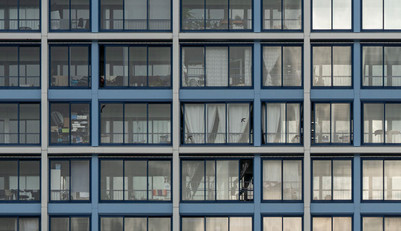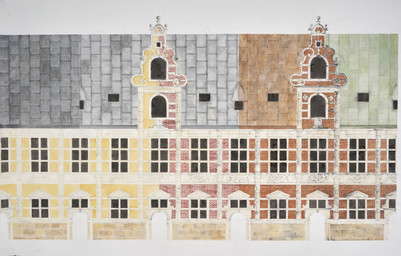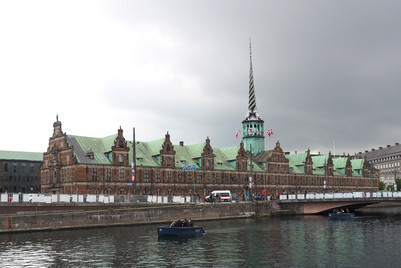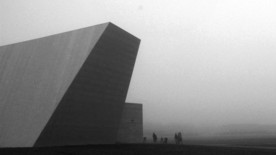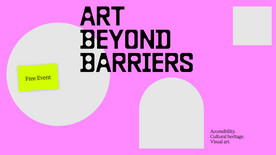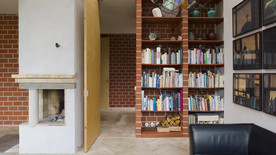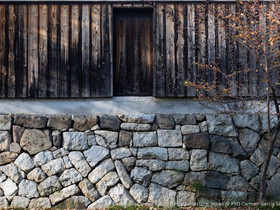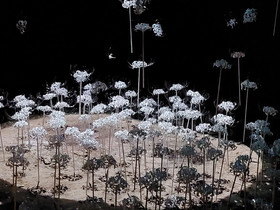
Nature and the City
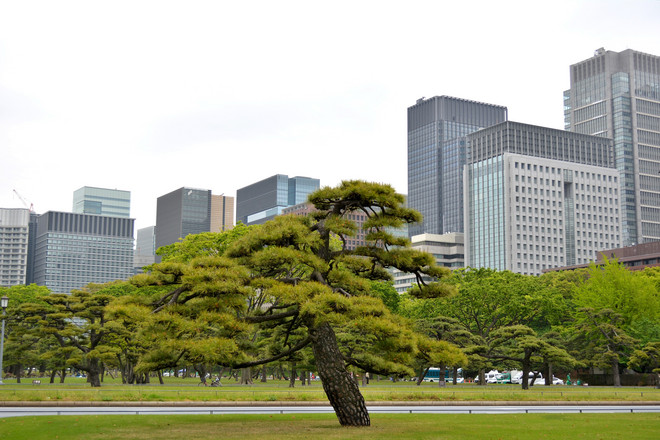
"The era in which living in the city means being surrounded by concrete is over. The next generation will be about how we can bring nature into the cities. For this the keys will be material, details, and light. By using these elements well, we will sense nature within a city and feel that nature is familiar that it belongs with us". Kengo Kuma
In the era of the “Anthropocene” mankind has become the dominating force on the Earth. Most of our urban areas have been designed in ways that degrade the environment and alienate us from Nature. This dominant paradigm of development and design of the modern built environment deprives us of the benefits of that connection with the natural surroundings and leads us to a growing placelessness.
In this context, Biophilic Design, an innovative approach that maintains, enhances, and restores the beneficial experience of Nature in the built environment represents a design revolution. This is not about greening our buildings or increasing their aesthetic appeal through integrating plants, but something more complex and ambitious. Biophilic Design is about establishing a mutual respect and enriching relations between humanity and Nature. It is related to an architecture perceived through all the senses, sometimes without visual contact or a tangible link to the natural surroundings, where an artistic approach can play an important role. It is a timely vision not just about sustainable design strategies but also about how we can fulfil modern society in harmony with Nature. This should exist at all levels and scales of design, remaining as the norm rather than the exception.
Recent green architecture has decreased the environmental impact of the built environment, but it fails to address our need of reconnecting to the natural world. Biophilic design is a largely missing piece in current sustainable design, which will be a requirement in future Architectural Design practice and Urban Planning developments. Large scale biophilic design endeavours are not always possible, due to space within high density urban centres is scarce. In this sense, architectural design Strategies of the interior space offer an important research field to reach micro-restorative experiences through the link to Nature.
Interior space -that is a mean of communication- can link to Nature through different ways by diverse mechanisms. Japanese architect Kengo Kuma points some key parameters out in order to establish this dialogue: through the appropriate use of material, details, and light. But, there are also other factors or issues to consider. An important introspective study is needed on through how these relationships can be established and through what means.





